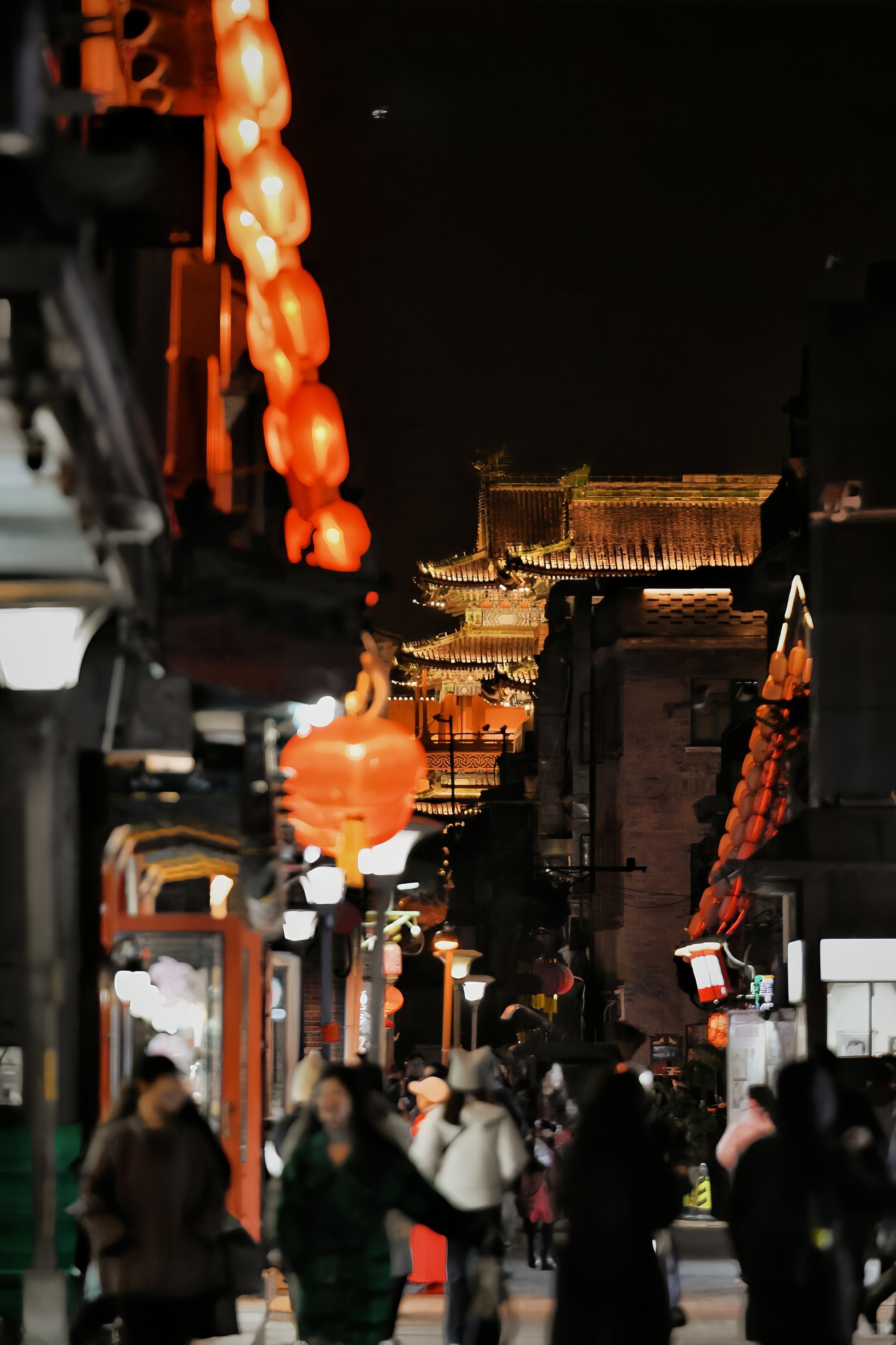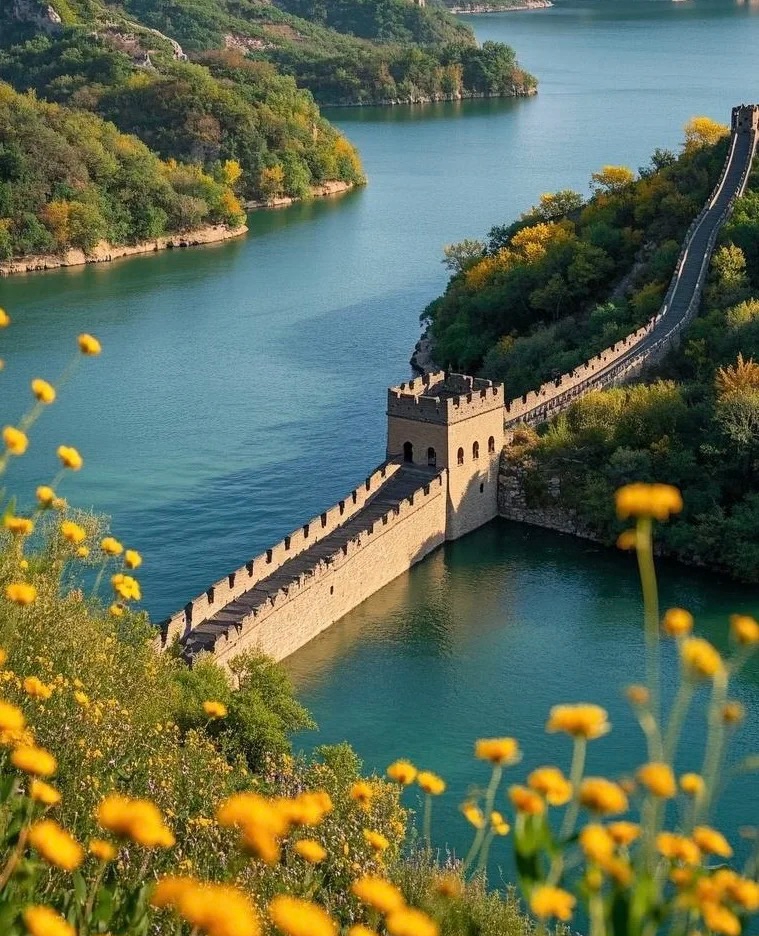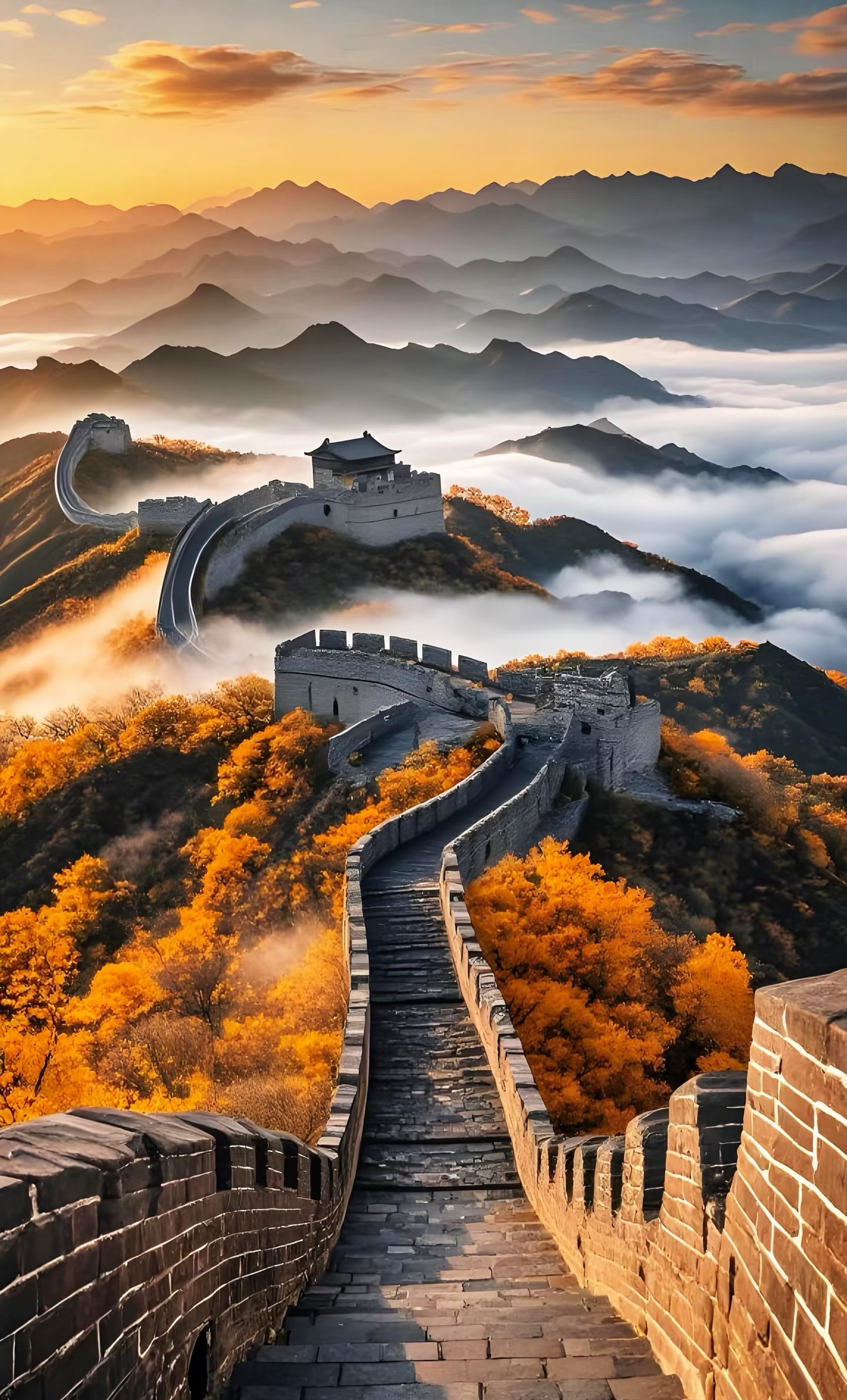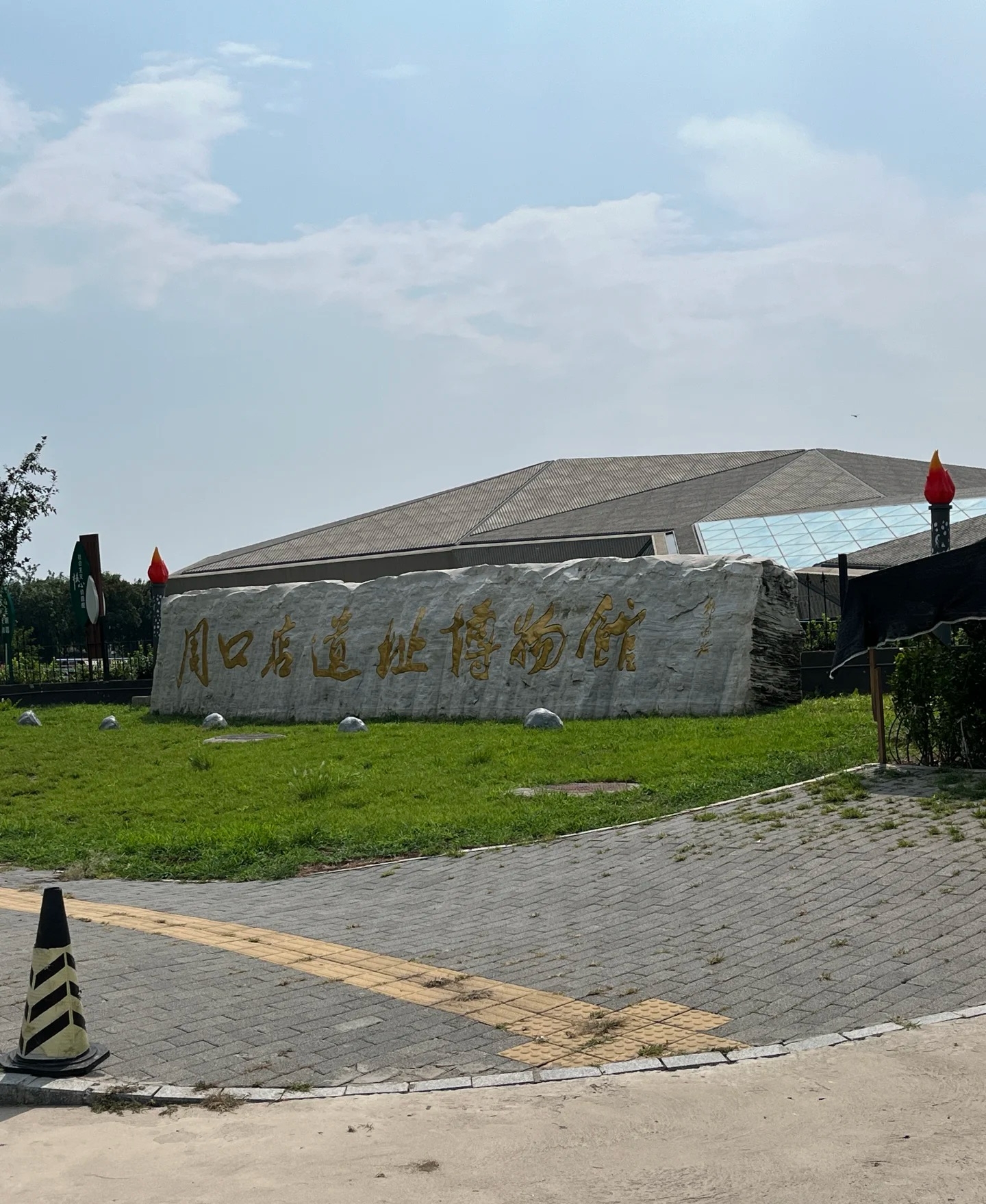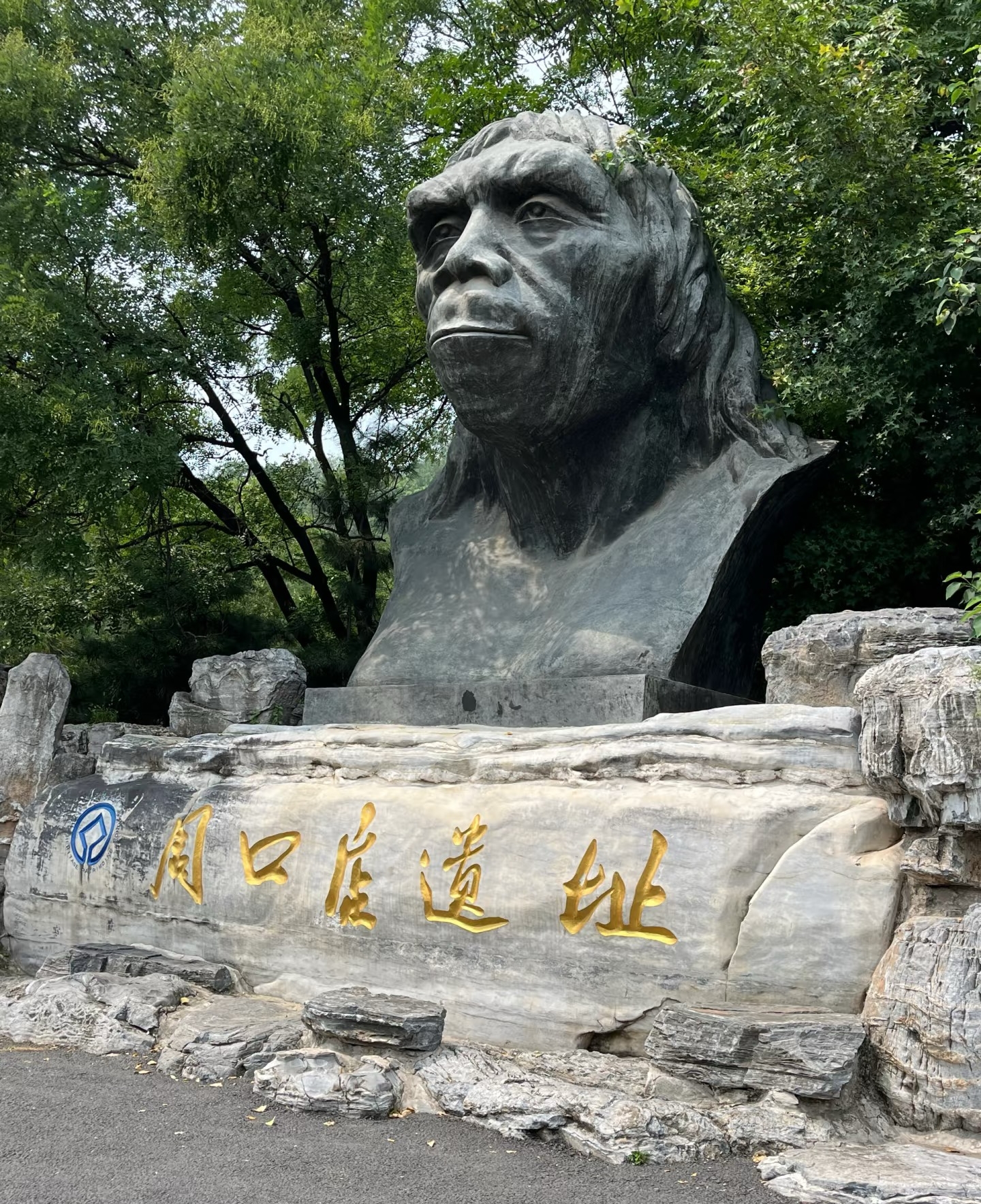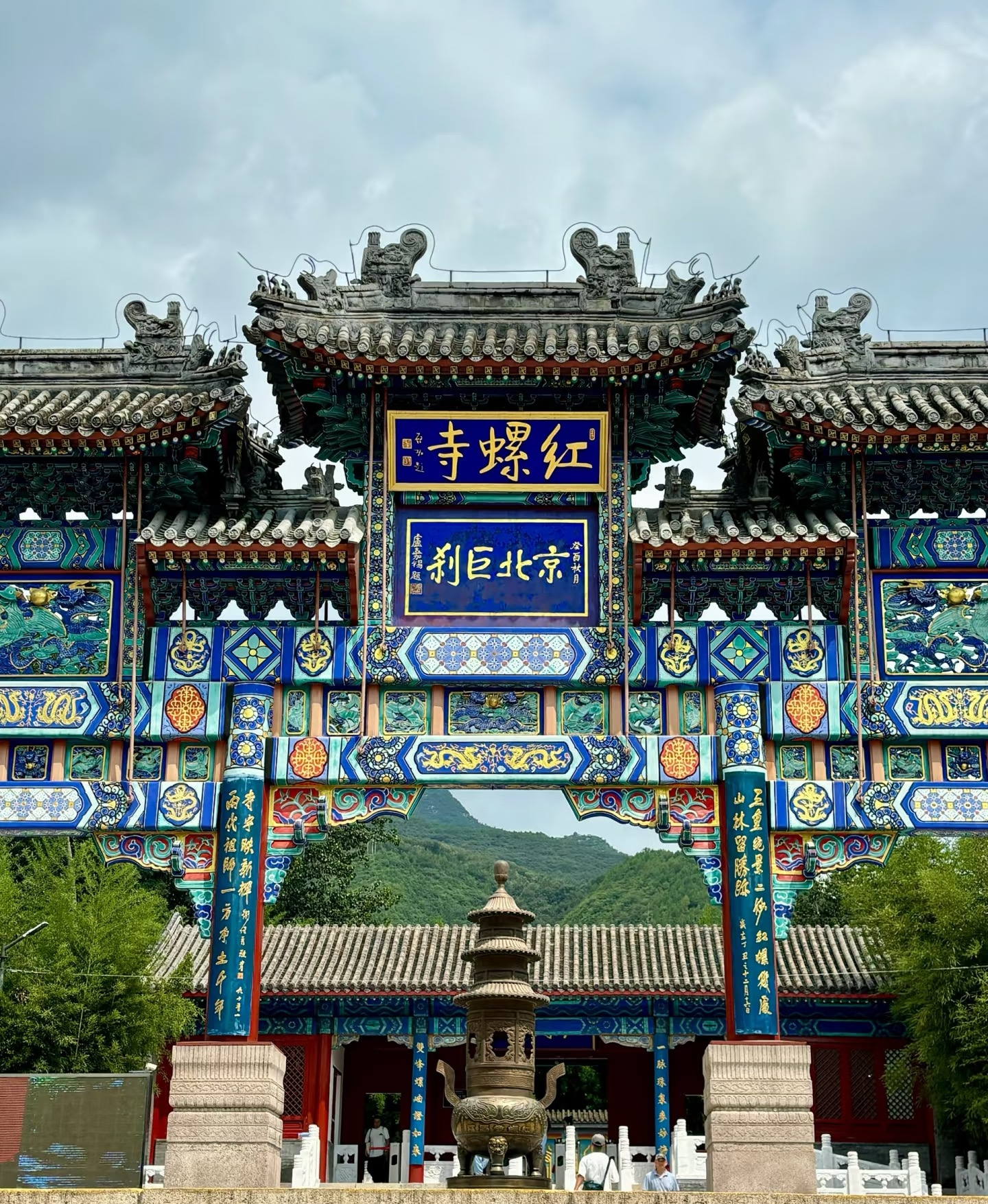

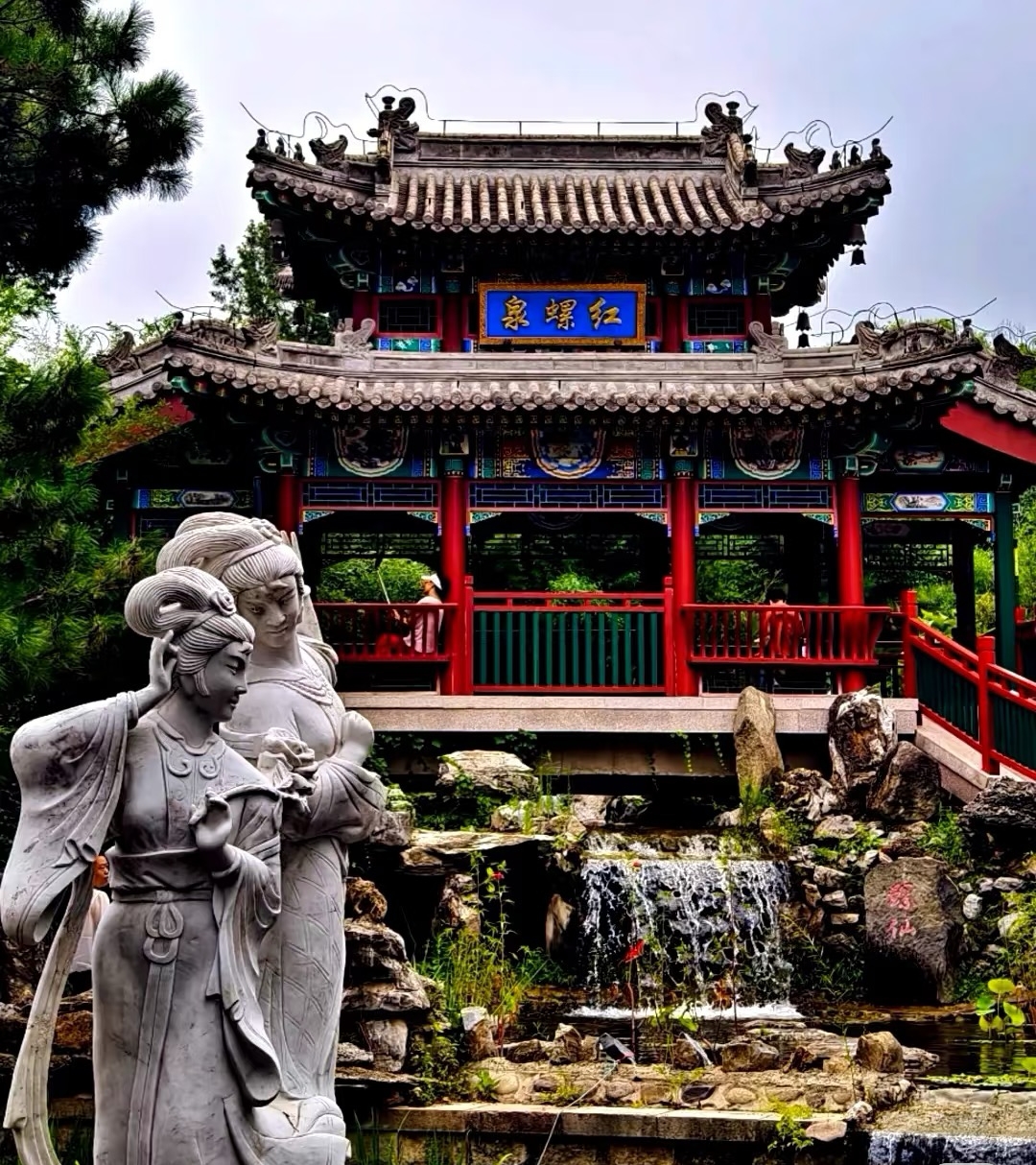
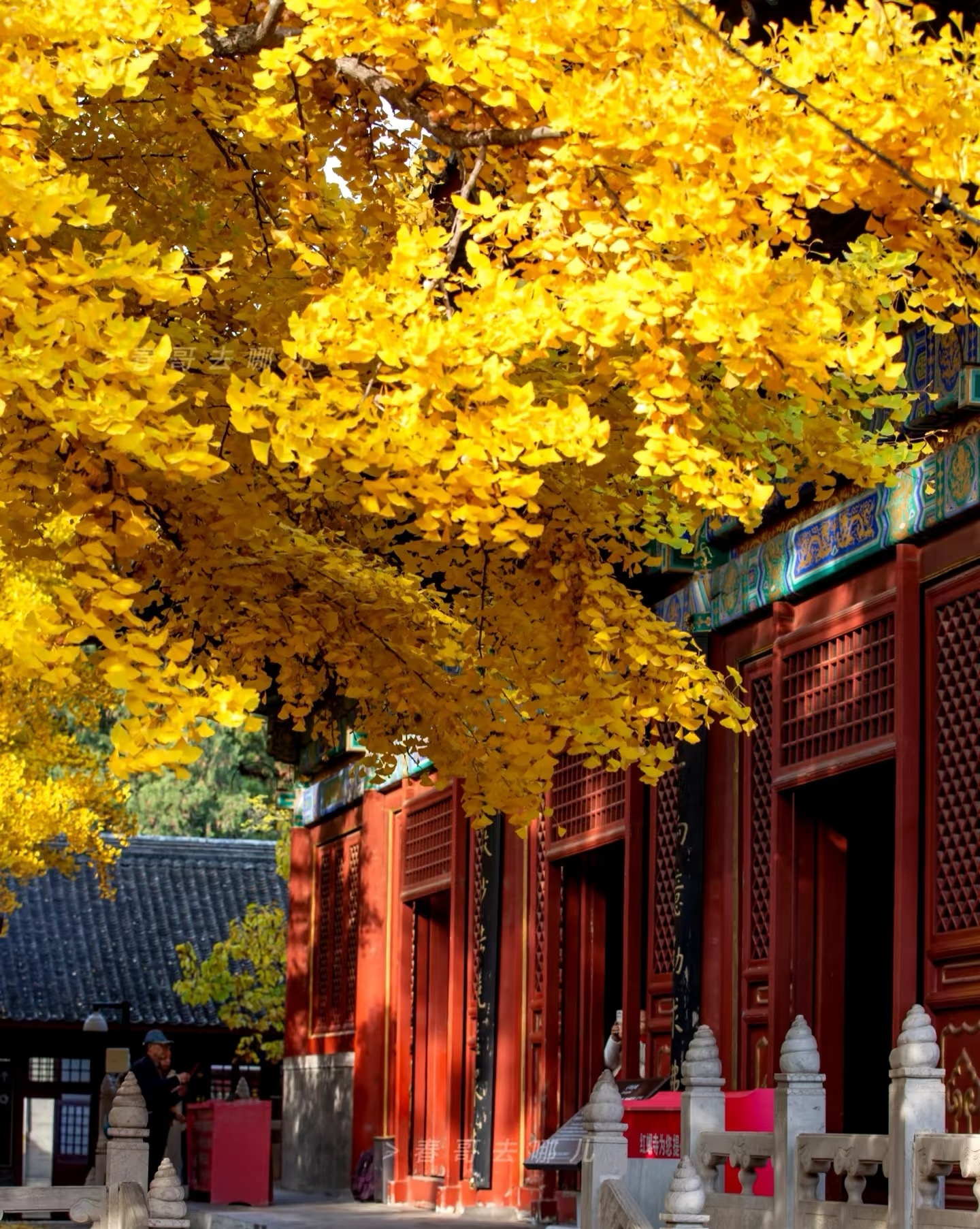
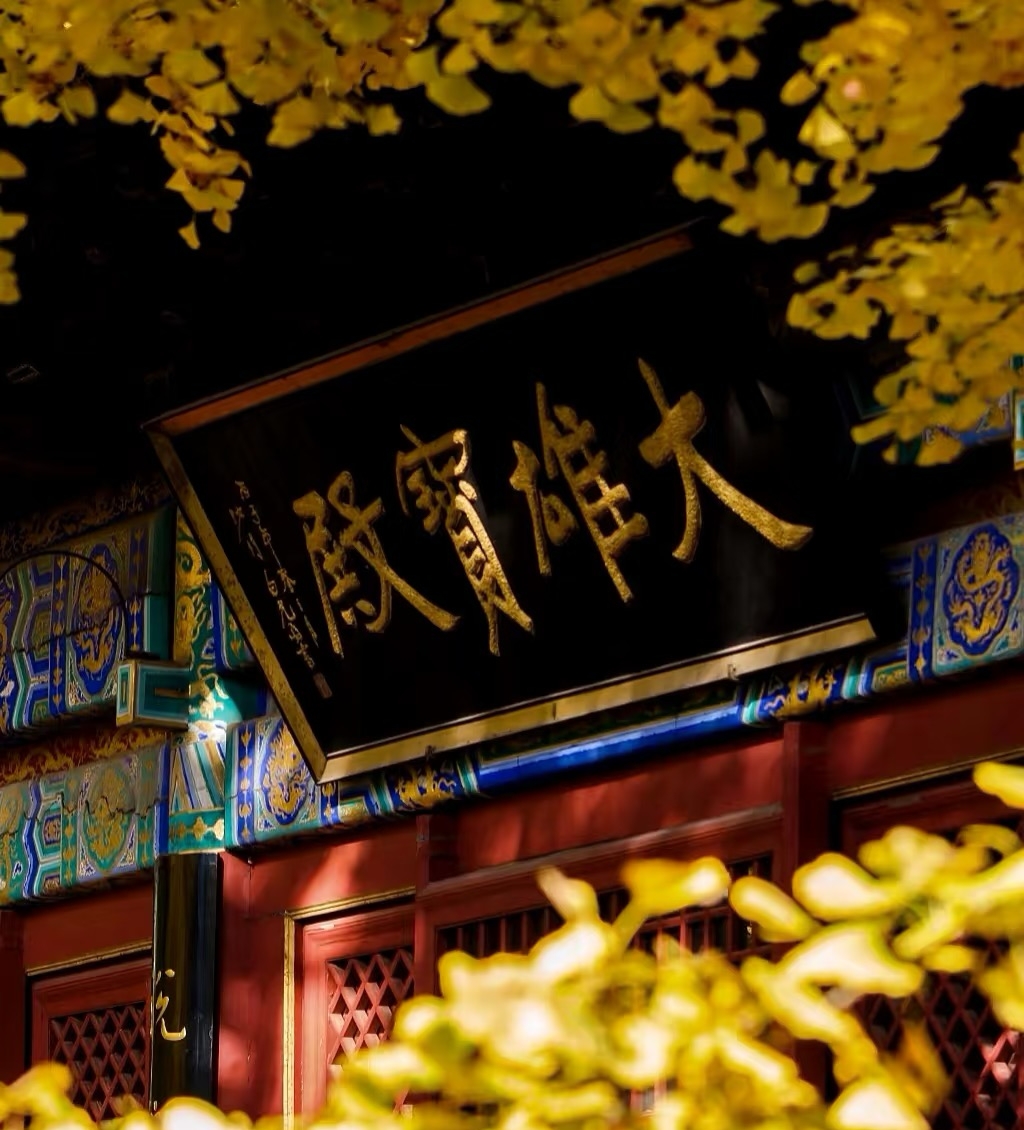

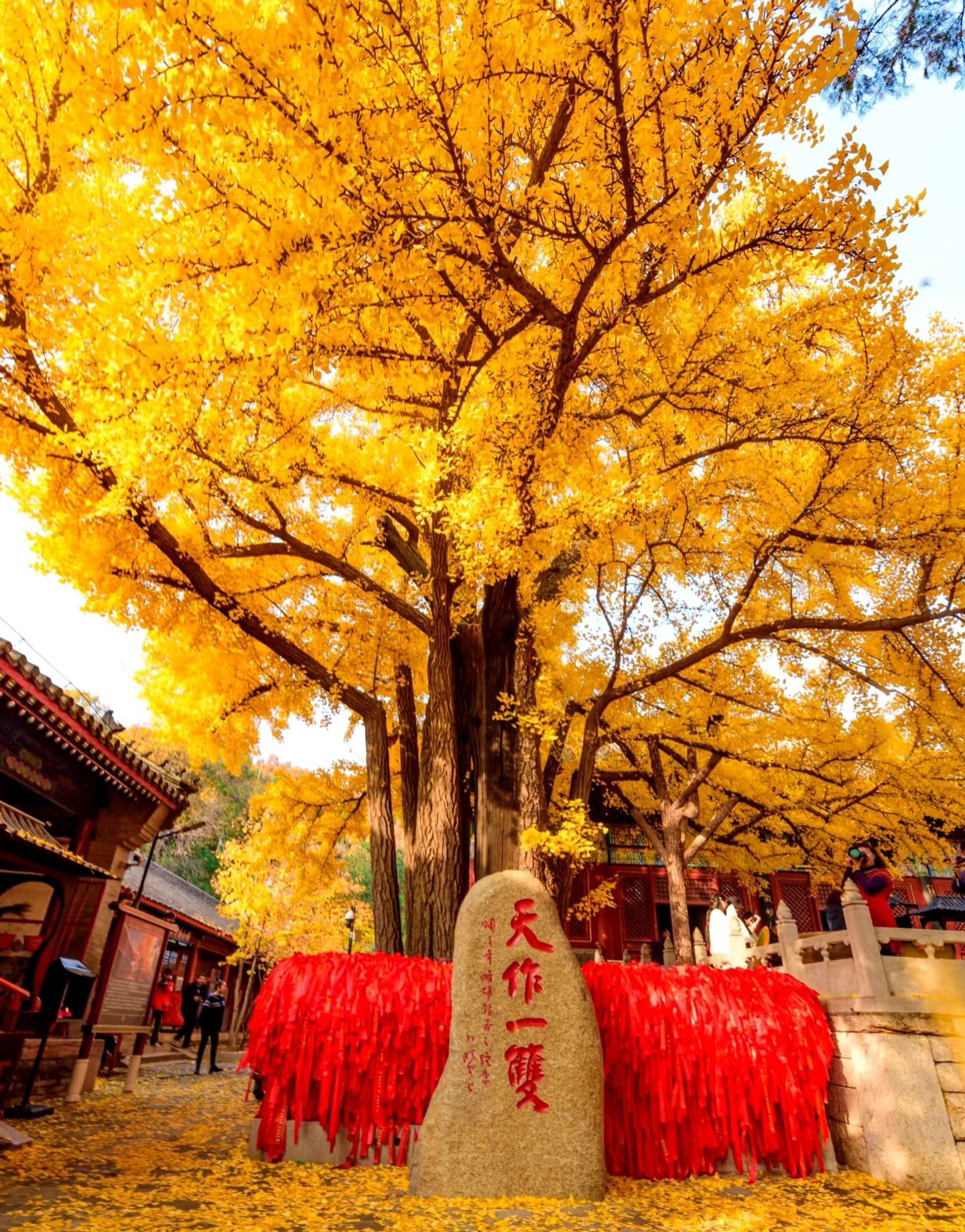
Hongluo Temple
Hongluo Temple is a renowned Buddhist temple located at the foot of Hongluo Mountain, about 50 kilometers northeast of Beijing. Founded during the Tang Dynasty, it is one of the largest and oldest temples in northern China. The temple complex consists of multiple halls, pavilions, and pagodas set amidst beautiful natural scenery. It is famous for its ancient red snail legend, thousand-year-old ginkgo trees, and impressive collection of Buddhist scriptures and artifacts.
Information
Ticket price
Time
Location
North of Luzhuang Village, Huairou Town, Huairou District, Beijing, China
View maps
More about the trip
Hongluo Temple: A Serene Buddhist Retreat in Beijing's Mountains
Hongluo Temple is a renowned Buddhist temple located at the foot of Hongluo Mountain, about 50 kilometers northeast of Beijing. Founded during the Tang Dynasty, it is one of the largest and oldest temples in northern China. The temple complex consists of multiple halls, pavilions, and pagodas set amidst beautiful natural scenery. It is famous for its ancient red snail legend, thousand-year-old ginkgo trees, and impressive collection of Buddhist scriptures and artifacts, offering a peaceful and spiritual escape.
What to See and Do
Explore the Temple Complex: Wander through the various halls, including the Mahavira Hall, the Hall of Heavenly Kings, and the Guanyin Temple. Admire the traditional Buddhist architecture, intricate carvings, and serene atmosphere.
Ancient Ginkgo Trees: The temple is famous for its two ancient ginkgo trees, one male and one female, both over 1,000 years old. They are particularly stunning in autumn when their leaves turn golden.
Red Snail Pond: According to legend, two red snails once lived in a pond here, giving the temple its name. The pond is a tranquil spot within the temple grounds.
Bamboo Forest: The temple is surrounded by a lush bamboo forest, providing a peaceful and refreshing environment for a stroll.
Hiking Trails: For those who enjoy hiking, there are trails leading up Hongluo Mountain, offering panoramic views of the temple and the surrounding area.
Buddhist Culture: Observe monks going about their daily rituals, and learn about Buddhist philosophy and practices through the temple's various displays.
Best Time to Visit
Spring and autumn offer the most pleasant weather. Autumn (late October to early November) is particularly popular for viewing the golden ginkgo leaves. Weekdays are generally less crowded than weekends and public holidays.
How to Get There
Hongluo Temple is located in Huairou District. You can take Bus 916 Express from Dongzhimen Bus Station in Beijing to Huairou, and then transfer to a local bus (e.g., H58) or a taxi to the temple. Many tour operators offer organized day trips.
Travel Tips
Wear comfortable shoes: You'll be doing a lot of walking and potentially some hiking.
Dress modestly: As a religious site, it's respectful to dress modestly, covering shoulders and knees.
Allow ample time: Plan for at least 2-3 hours to explore the temple and its grounds thoroughly.
Enjoy the tranquility: The temple offers a peaceful escape, so take your time to relax and soak in the spiritual atmosphere.

